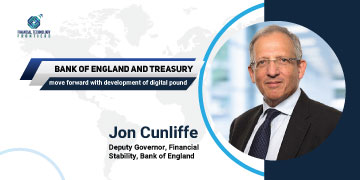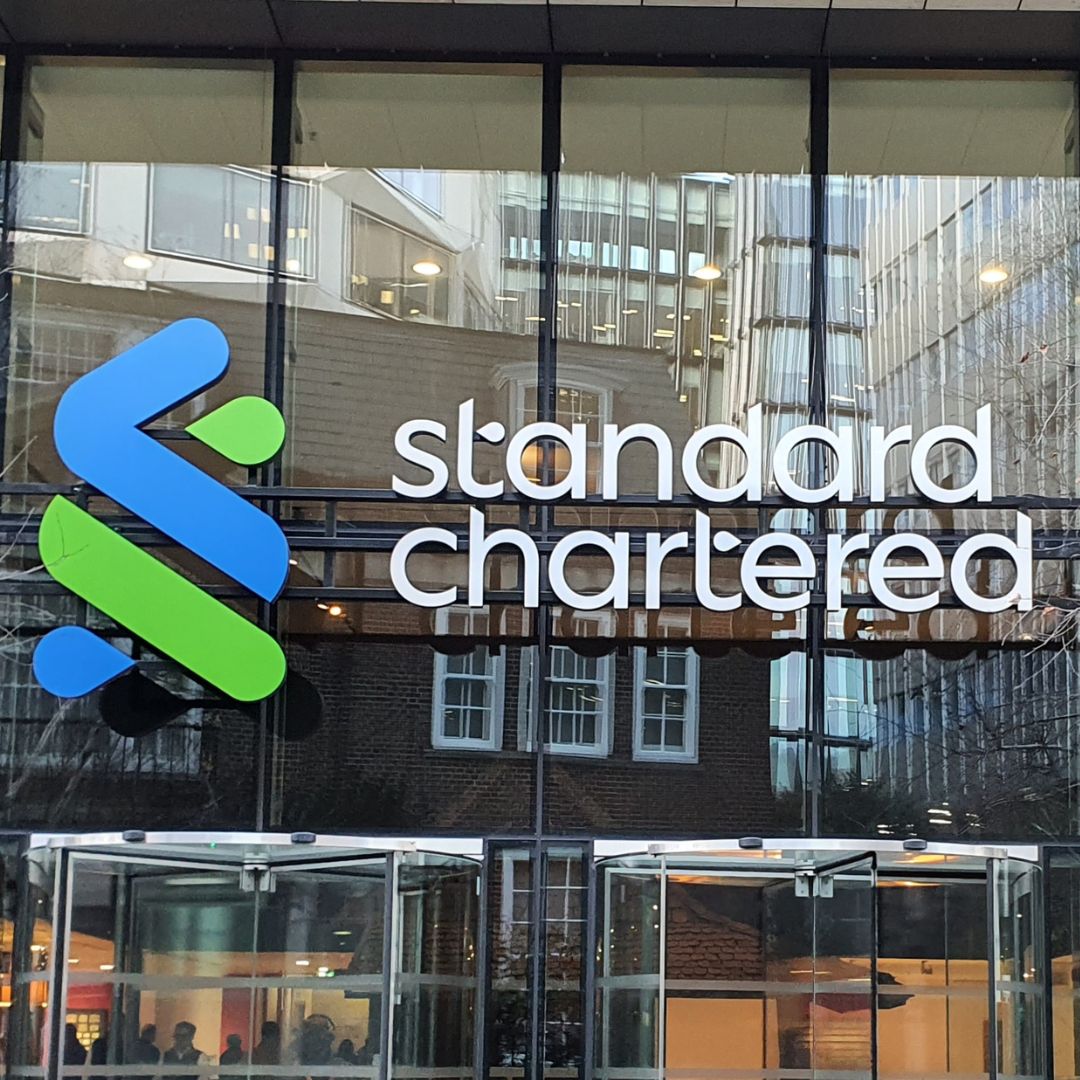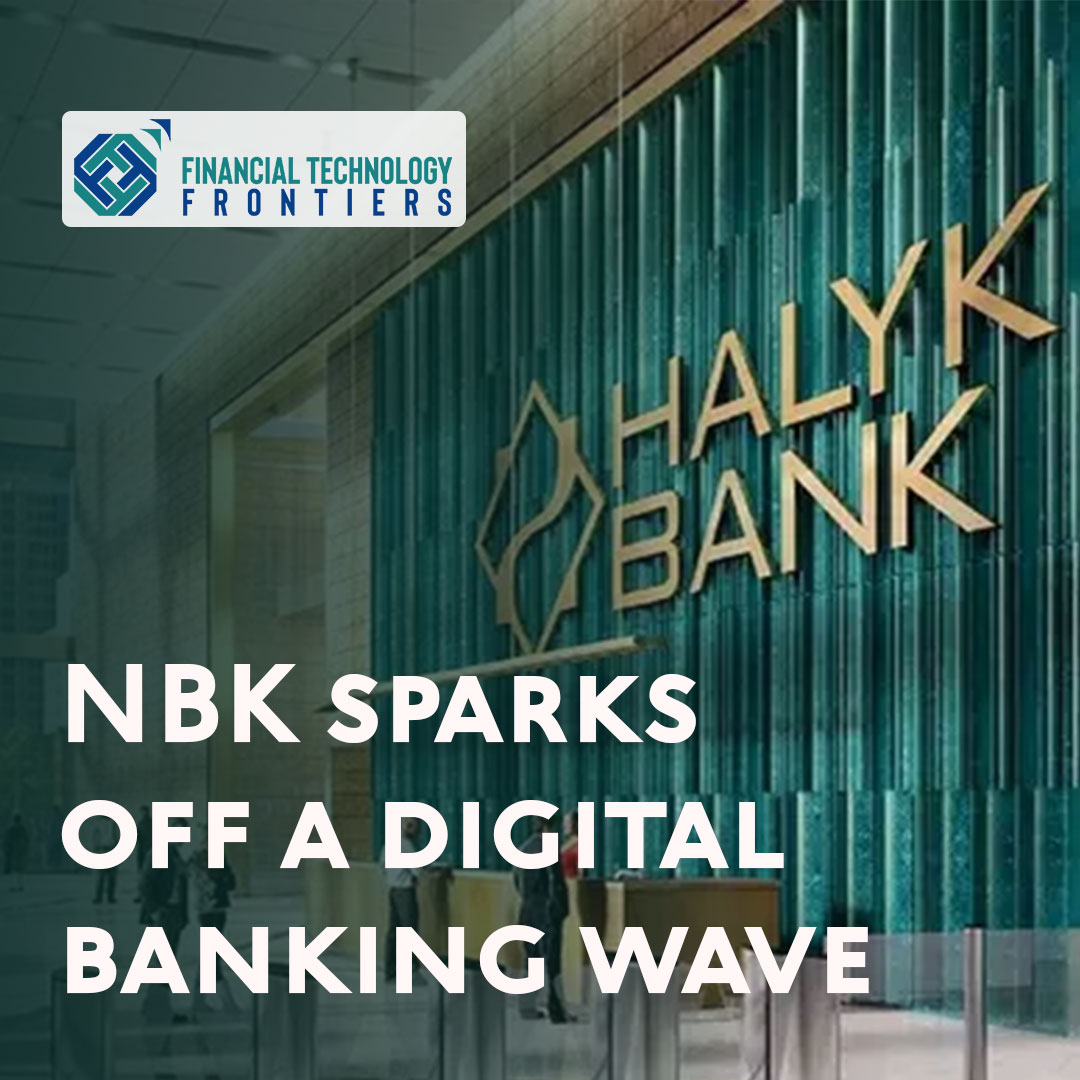 The Bank of England and the Treasury have released a consultation paper on the potential introduction of a digital pound, which would be a new digital form of money issued by the Bank of England and used for everyday payments by households and businesses. In a speech, at UK Finance, Jon Cunlife, Dy Governor, Financial Stability, stated that it is likely that a retail, general purpose digital central bank currency – a digital pound – will be needed by the end of this decade. He added that the need for a digital pound is likely due to current trends and the changing landscape of digital payments.The next stage of development for the digital pound will take two to three years and will involve detailed policy and technical work, including the creation of a technical blueprint for the digital pound’s chosen model. The Bank and Treasury will collaborate closely with private sector partners on proofs of concept, experimentation, and the blueprint’s development. The work will help inform the eventual decision on whether to implement a digital pound in the UK.The report outlines the key features of the proposed digital pound model. Jon Cunliffe emphasised that, unlike speculative crypto assets like Bitcoin, the digital pound would be a safe, trusted form of money. The Bank of England would back the digital pound, ensuring its value and stability.“We have seen major changes in recent years in the form of use of money to make payments. In the mid-1960s, most workers were paid weekly in cash, and around 70% of the population did not have a bank account. Very few had access to credit or debit cards. Consequently, for every £100 of funds that people held to make payments, over a third would be held as cash. Nowadays, less than 5% is held as cash. Even 15 years ago, 60% of transactions in the UK used physical cash; pretty much everyone in this room would have carried enough for everyday transactions,” Cunliffe said.In 2021 only 15% of transactions involved physical money. Technology and the increasing digitalisation of everyday life have transformed the way we use money. Private commercial bank money accounted for 85% of the payments made by the public. Within that, debit and credit card transactions accounted for 69% of transactions. Contactless payment has made such transactions much easier for everyday life. And the growth of internet commerce has required the use of digital money, the report said.
The Bank of England and the Treasury have released a consultation paper on the potential introduction of a digital pound, which would be a new digital form of money issued by the Bank of England and used for everyday payments by households and businesses. In a speech, at UK Finance, Jon Cunlife, Dy Governor, Financial Stability, stated that it is likely that a retail, general purpose digital central bank currency – a digital pound – will be needed by the end of this decade. He added that the need for a digital pound is likely due to current trends and the changing landscape of digital payments.The next stage of development for the digital pound will take two to three years and will involve detailed policy and technical work, including the creation of a technical blueprint for the digital pound’s chosen model. The Bank and Treasury will collaborate closely with private sector partners on proofs of concept, experimentation, and the blueprint’s development. The work will help inform the eventual decision on whether to implement a digital pound in the UK.The report outlines the key features of the proposed digital pound model. Jon Cunliffe emphasised that, unlike speculative crypto assets like Bitcoin, the digital pound would be a safe, trusted form of money. The Bank of England would back the digital pound, ensuring its value and stability.“We have seen major changes in recent years in the form of use of money to make payments. In the mid-1960s, most workers were paid weekly in cash, and around 70% of the population did not have a bank account. Very few had access to credit or debit cards. Consequently, for every £100 of funds that people held to make payments, over a third would be held as cash. Nowadays, less than 5% is held as cash. Even 15 years ago, 60% of transactions in the UK used physical cash; pretty much everyone in this room would have carried enough for everyday transactions,” Cunliffe said.In 2021 only 15% of transactions involved physical money. Technology and the increasing digitalisation of everyday life have transformed the way we use money. Private commercial bank money accounted for 85% of the payments made by the public. Within that, debit and credit card transactions accounted for 69% of transactions. Contactless payment has made such transactions much easier for everyday life. And the growth of internet commerce has required the use of digital money, the report said.
Bank of England and Treasury move forward with development of digital pound




